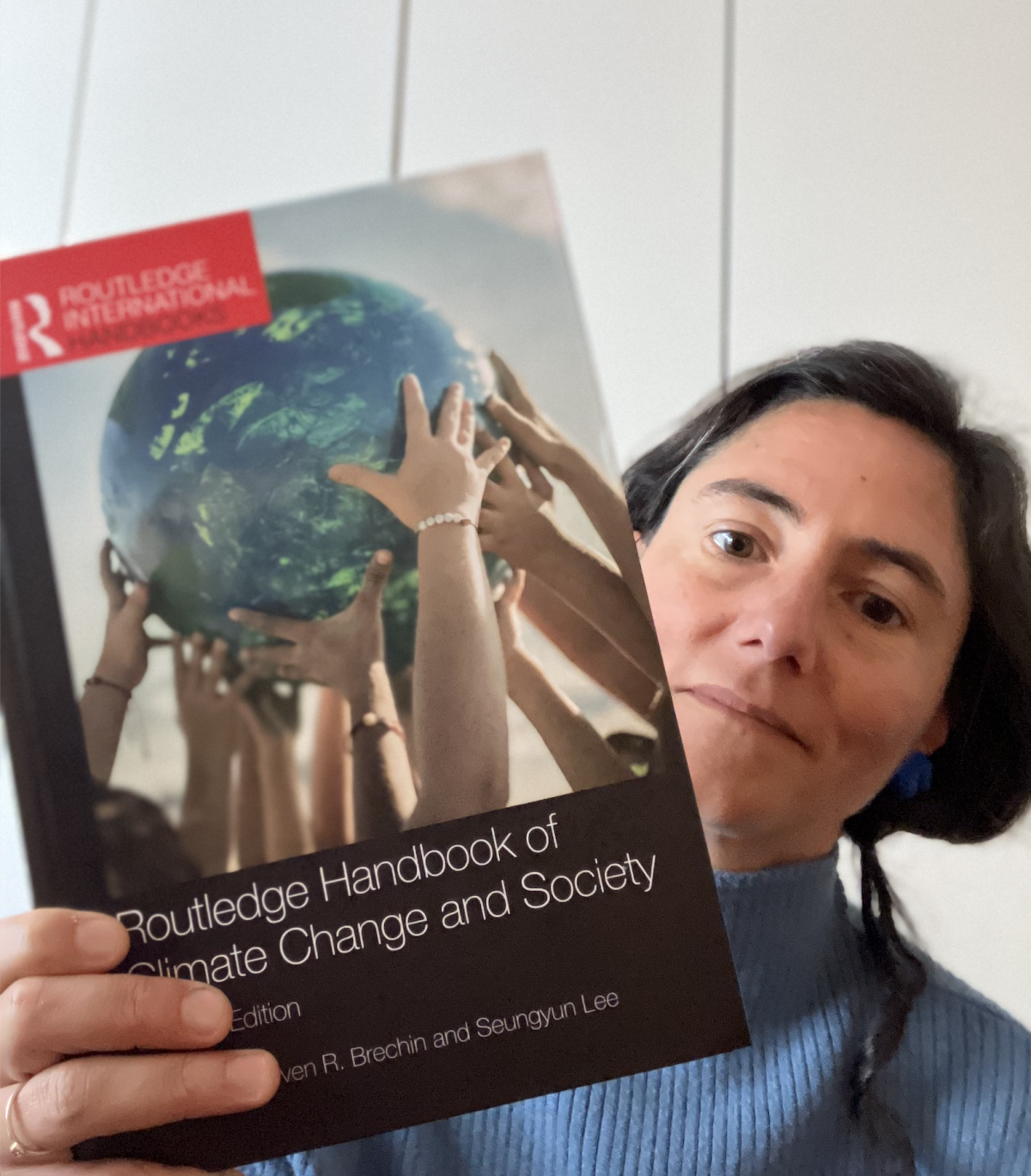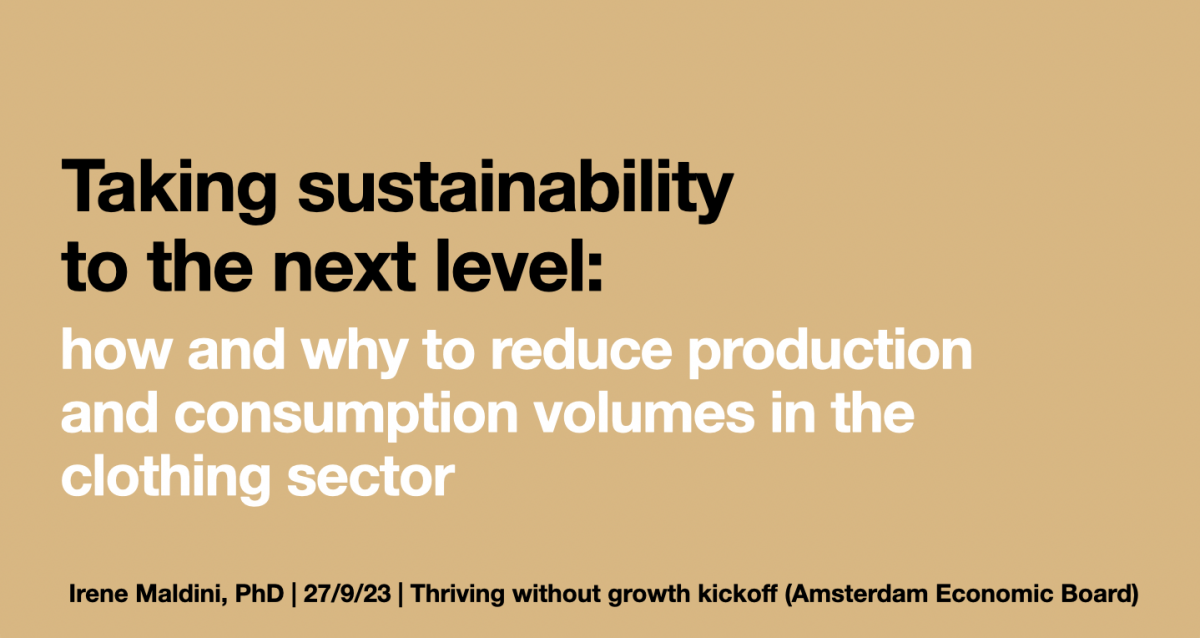Avoiding synthetic fibres by choice: Strategies employed by businesses and their policy recommendations
Authors: Irene Maldini, Ingun Grimstad Klepp and Kate Fletcher
Abstract
Clothing and textiles are increasingly made of synthetic (fossils-based) fibres, enabling rapid growth in overall production volumes in this sector, with significant environmental impact. This research aims at understanding the strategies of companies that are actively working to confront this trend by trying to avoid or reduce synthetic content in their products. Fifteen companies are interviewed to gather their strategies in resisting synthetic fibres. These include four companies born with a plastic-free mindset, five companies that define themselves as a wool or cotton company despite using other materials, and six companies that aim at reducing synthetic use as part of a broader approach to sustainability and the quality of the products offered. The study analyses the barriers and enablers that affect their endeavours and proposes a series of policy recommendations to counter current developments. Barriers experienced by companies include synthetics’ low price, their physical characteristics enabling elasticity, durability and impermeability, the narrative of plastic recycling as a questionable sustainable solution, the bias of sustainability indicators and production technologies, and specific fashion trends calling for the material characteristics mentioned above. Some enablers mentioned are concerns from the company leadership about the growth of synthetics and associated microplastic release, the role of public policy and procurement in driving the change, resistance to synthetics by users in specific products (e.g. childrenswear), efforts to produce with the company’s own recycled materials, and to achieve a more intensive use of their products. The study concludes with policy recommendations such as stopping subsidizing petrochemicals, sanctioning overproduction practices, promoting true pricing and discriminating tax rates, improving sustainability metrics, targeted R&D support for natural and local materials and a fibre-to-fibre focus for recycling policy, so that the overall volume of textile production and the content of synthetics in it can be reduced.
Click here to read the article in full (intellectdiscover.com)


